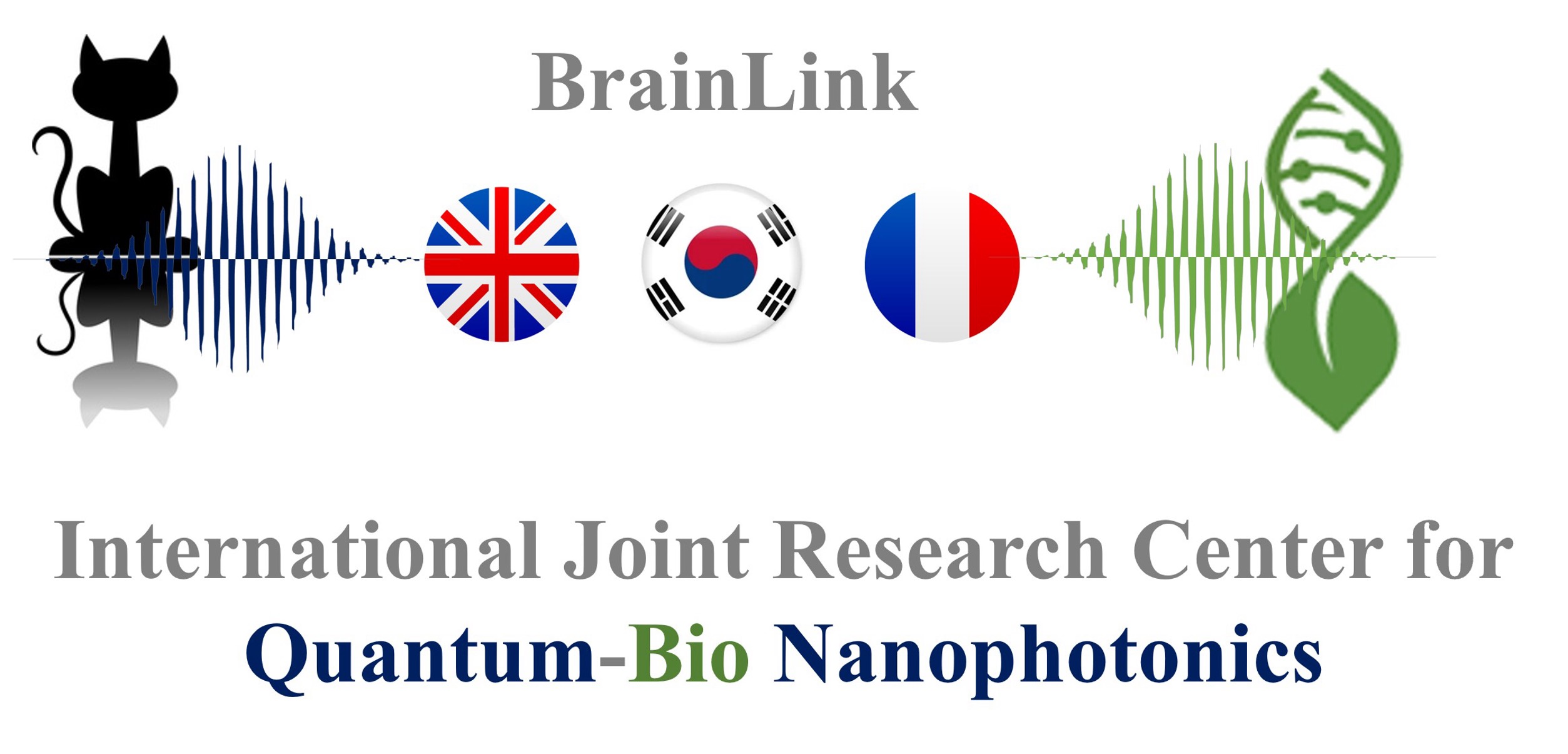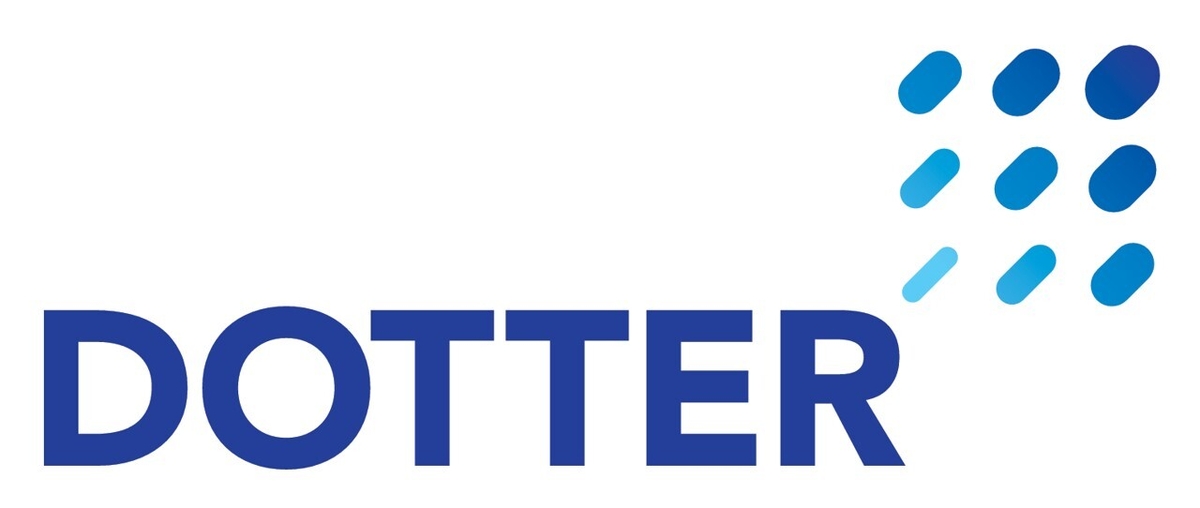Topics
SPIE ABC 2025 invites contributions across the full spectrum of biophotonics research and applications. Topics of interest include, but are not limited to:
- Molecular and Cellular Imaging focuses on optical techniques that reveal the dynamics of biological processes at molecular to cellular scales. Emphasis is placed on imaging goals such as visualizing intracellular signaling, cell-cell interactions, and spatiotemporal regulation of biological functions in living systems via techniques such as super-resolution microscopy, single-molecule tracking, and live-cell imaging.
- Clinical & Translational Biophotonics highlights biophotonic technologies aimed at clinical use and their progression from research to real-world applications. Submissions may include methods for diagnosis, image-guided therapy, intraoperative monitoring, and early disease detection. Topics include clinical imaging techniques such as diffuse optical imaging, spectroscopy, OCT, photoacoustics, fluorescence-guided surgery, and their translational pathways.
- Optical Tomography and Tissue Optics focuses on 3D imaging deep within scattering tissues, advances in photon transport modeling, tomographic reconstruction, and functional imaging. Research topics include various tomographic methods, fluorescence lifetime imaging, hyperspectral imaging, adaptive optics, as well as developments in computational optics and wavefront engineering for fast volumetric imaging . Emphasis is on methods that enhance penetration depth, resolution, contrast, and data throughput in complex 3D biological media.
- Nanobiophotonics explores the integration of nanoscale materials and photonics for sensitive detection, high-resolution imaging, and targeted intervention. Topics include plasmonic sensing, quantum dot imaging, nanoparticle-mediated phototherapy, and nanoscale biosensors. Contributions that leverage unique optical properties of nanostructures for biological and medical applications are welcome.
- Neurophotonics is dedicated to optical approaches in neuroscience, and technologies for imaging and controlling brain activity at multiple scales. Topics include multiphoton microscopy, calcium and voltage imaging, optogenetics, and light-based neural circuit mapping. Studies linking neurophotonics to behavior, cognition, and disease models are particularly encouraged.
- Computational Optics and AI features innovations at the intersection of optics, algorithms, and machine learning to push the limits of imaging and sensing. Topics include computational microscopy, physics-informed learning, inverse problem solvers, compressive imaging, and AI- accelerated reconstruction pipelines. Submissions highlighting joint hardware-software co- design or real-time inference are especially relevant.
- Biophotonic Enabling Technologies. The foundation of biophotonics lies in the enabling components that power optical systems. This session welcomes advances in tunable light sources, detectors, optical fibers, miniaturized systems, and integrated optics. Contributions may also include instrumentation design, calibration methods, and system-level engineering for scalable or field-deployable platforms.


























